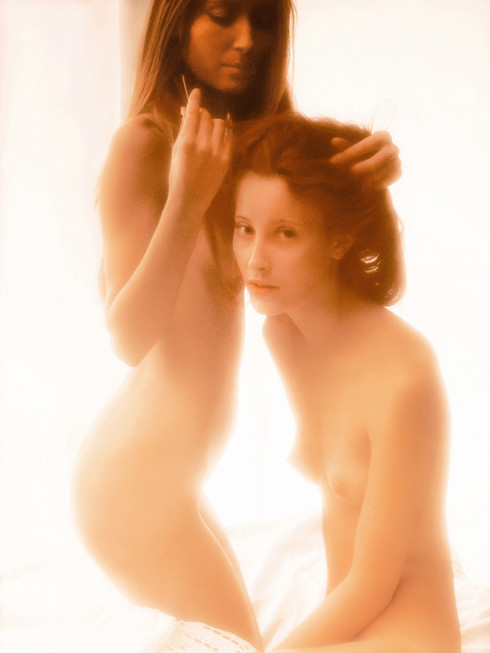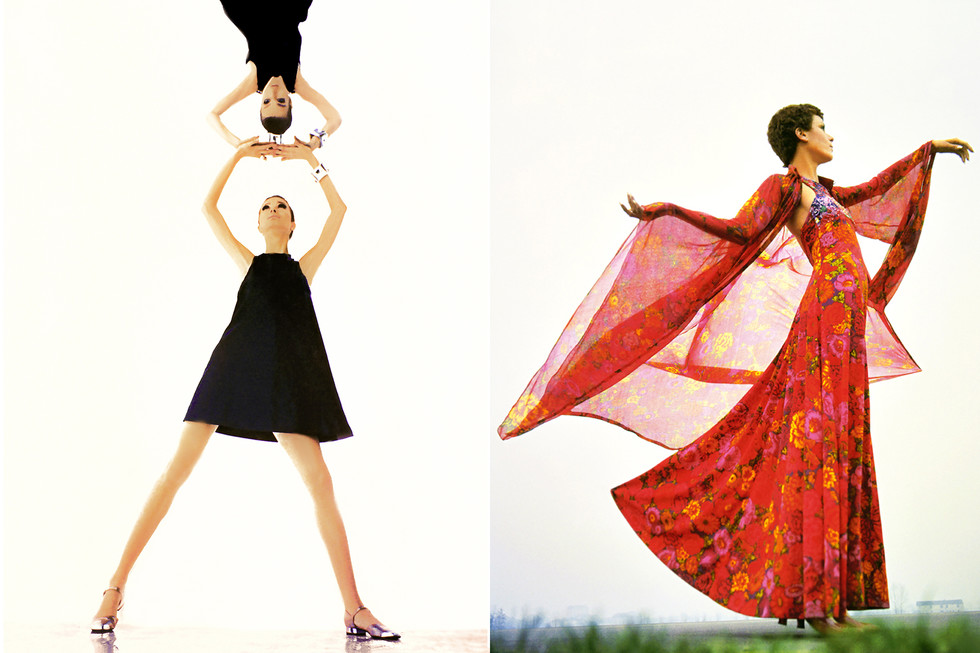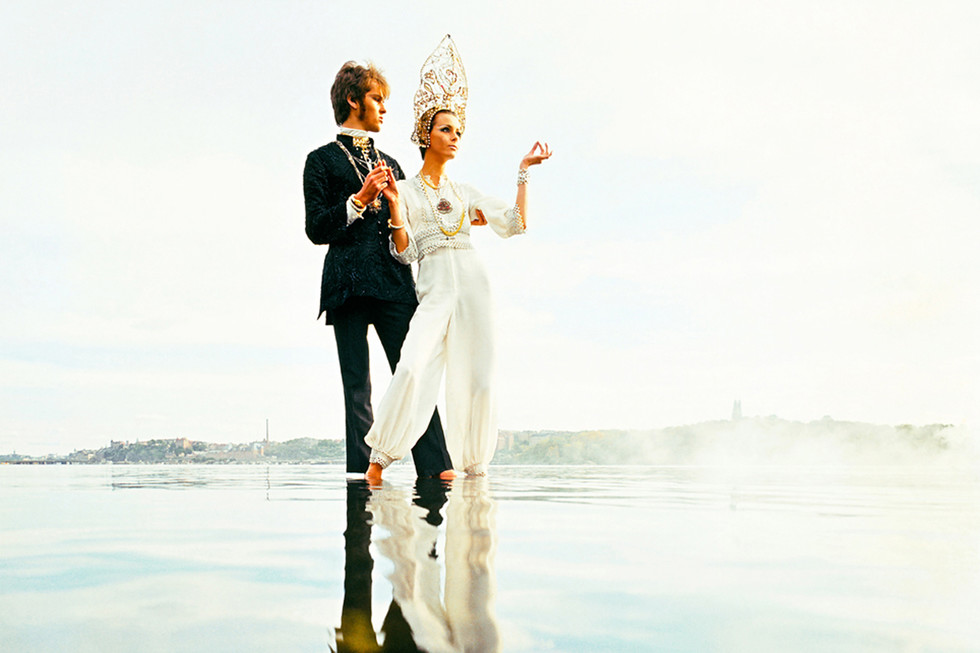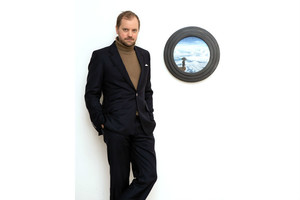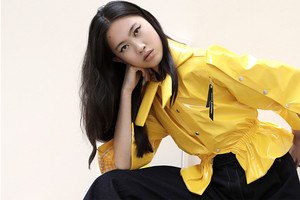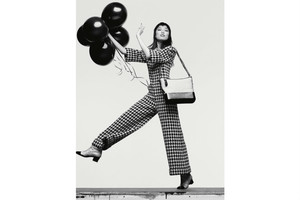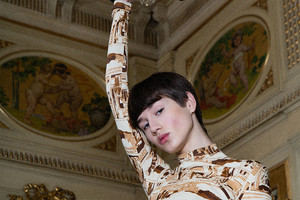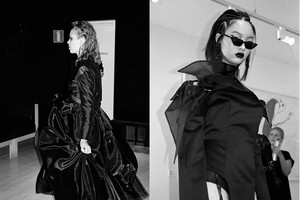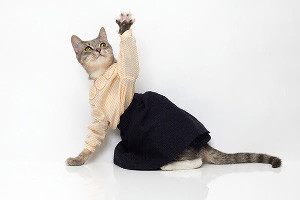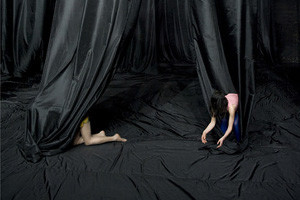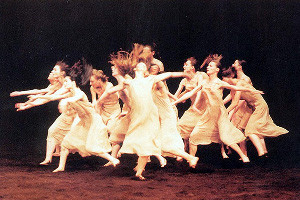Transitional Seasons
Written by Katrina Tan by Michaela WidergrenLike that one extremely, often awkwardly, overdressed guest at a party, the models of Chanel’s Resort Collection last year strutted down the beachfront runway in tweed waist-cinched suits, weighty chunks of jewelry, and knee-high hybrid thong-boots. You’d actually feel a bit bad for them, if they weren’t in the world’s most expensive hotel—Hôtel du Cap in Antibes on the French Riviera—on the luxury brand’s dime.
The Resort Season is a funny thing. A fairly new, extraneous add-on to the basic four, the Resort Season’s fashion shows kind of just wedge themselves into the overlap of Spring and Summer, only to later appear in stores anytime from Fall to Winter.
So why the influx of skimpy suits and flowy caftans when all you want to do is bundle up and hibernate? See, the Resort, or Cruise, Collection was originally intended for the affluent customers. Those who flies south for the winter, readily swapping their eggnog for Mai Tais, and regifted towel sets for resort gift shops.
And fashion hears them. More and more new collections are being churned out for these “transitional seasons”, keeping the store shelves rotating at a steady torque.
”Fashion is always a mirror, it’s never the one starting something,” observes Cecilia Dean in a recent interview with Another mag. Cecilia is the co-founder of her own progressive magazine Visionaire, a former model, and one who's been a prominent figure in the scene long enough to really know what it's all about. “It’s not just clothing, it’s whatever is of the moment. It’s interior design, architecture, clothing, music… It’s what people are into. That’s why it ends up being a mirror of the moment.”
Of course, it isn’t always as grandiose as penciling in new seasons into the sartorial calendar. Fashion does make more subtle statements: The introduction of the “flapper” shift dress in the 20s, a simple design that even the middle class could make at home, the well-heeled glamour of the 40s to display one’s wealth during war, and the career-driven power suits of the 80s, with their big shoulders, big hair, and big brows.
Therein lies the truth: Fashion, though frivolous and oft slammed for going against the economic tide, is one of the best societal barometers, with a hiked-up hem or a beefy shoulder pad actually revealing a lot about the times.
So what does fashion say about these times, or more specifically, about the people of these times? Well, today’s dress code is a bit tougher to decipher. A panoptic scan of both runway and retail offers a smorgasbord of almost every shape and style imaginable—from Rick Owens’ sheer amorphous shapes to Alexander Wang’s sporty-street wear to Versace’s elaborate decorative detailing.
The models donning these clothes are similarly mixed. Although the standard slim-to-stick figure that’s strutted the runway for the past two decades still reigns supreme, the fashion powers-that-be now make sure to include a smattering of Asians, African Americans, and other ethnicities for a motley model crew. Sometimes, even a curvier model makes it onto the runway (if curvier means anything above the model's golden ratio of 34-24-34).
Rather than heralding one distinct silhouette or shape, fashion is all about the individual. Or rather, being an individual. Standard schedules, workdays, or, as we’ve already established, even set seasons are a thing of the past. And to suit this new way of life, we now have a staggering number of outfit options—for the women who work, ladies who lunch, and the one who just kind of makes her own way—and, thanks to the Internet, virtually unlimited access to view and purchase them all.
Fashion, it seems, has become an open field, with the act of getting dressed evolving from a leisurely pursuit to a competitive sport. And it’s every woman for herself.

